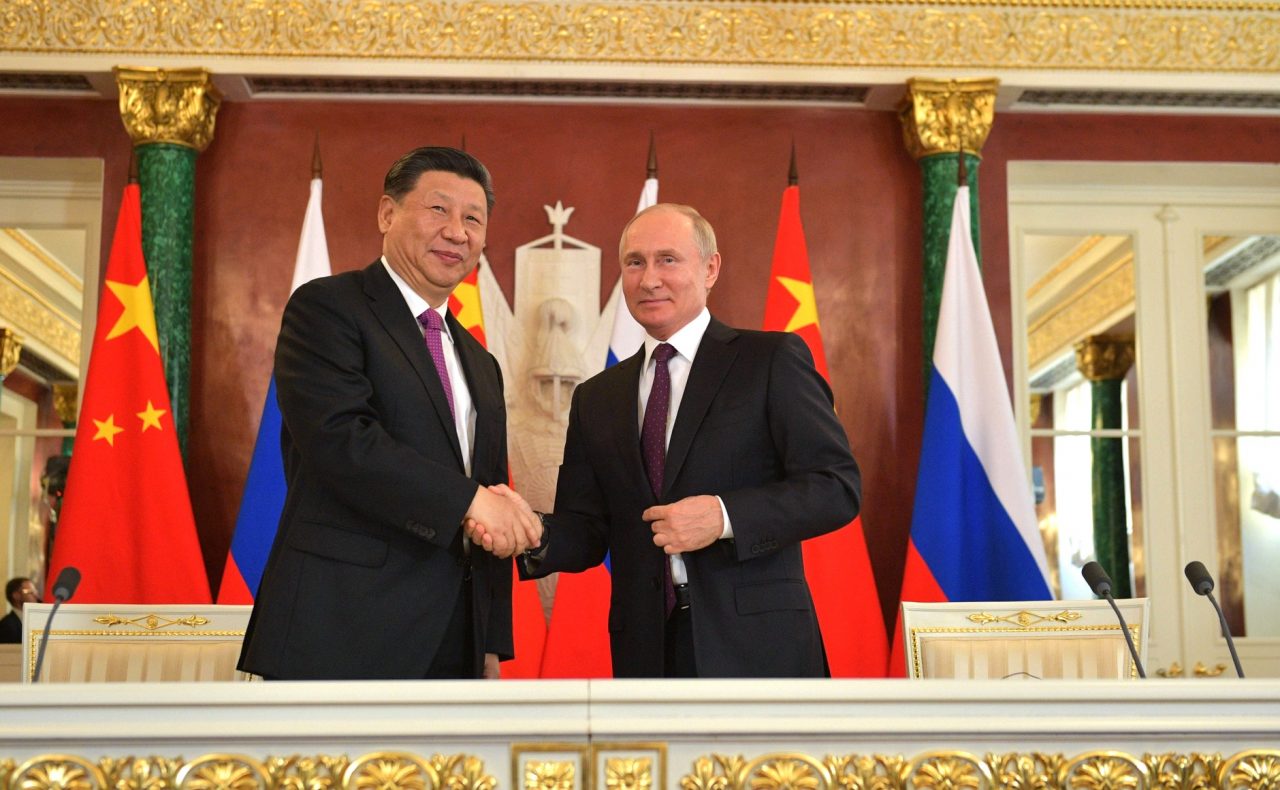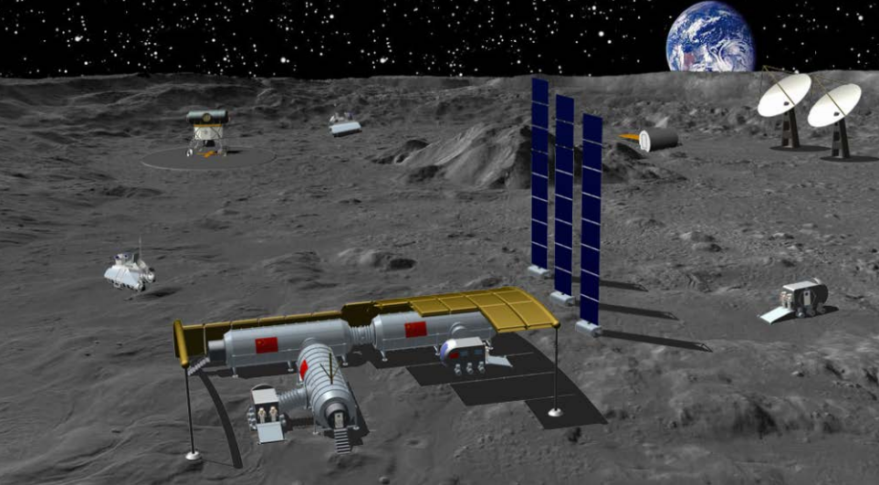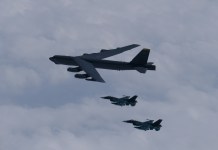Russia and China are intensively engaged in negotiations on the creation of the International Lunar Research Station and may sign an intergovernmental agreement before the end of this year, Vice Administrator of China National Space Administration Wu Yanhua said on Friday.
“We are intensively engaged in negotiations and have basically reached a consensus. The agreement is quite possible to be signed as soon as possible this year,” Wu said during a press conference.
Earlier this week, Russian Ambassador to China Andrey Denisov said that the agreement on the creation of the station “is almost ready and will be signed soon enough.”

The International Lunar Science Station will represent a complex of experimental research facilities on the surface and in orbit of the Moon. It will be designed to carry out multidisciplinary research activities.
The station will be constructed in three stages. During the first one from 2026 to 2030, the sides are set to begin joint operations, deliver lunar soil samples to Earth and test technologies of the station’s command center. After that, both countries will deploy systems responsible for energy, communications and delivery of equipment to orbit and the Moon.
The second stage will last from 2031 to 2035 with both expected to fully put the station in service during the third stage.
The station will be placed either in the Amundsen crater in the southern part of the Moon, or in the area of the Marius Hills in Oceanus Procellarum, or in the Aristarchus crater. The construction area will be finally chosen before 2025.
Earlier, the member states of the ESA (European Space Agency) were discussing an offer made by Russia and China on possible participation in the International Lunar Research Station (ILRS), with no decision reached yet, ESA Director General Josef Aschbacher told Sputnik.

“As you know, I have an invitation from both Mr. [Dmitry] Rogozin, the Director-General of Roscosmos and the Administrator of the China National Space Administration – to consider participation in the ILRS. This invitation is being discussed right now with ESA member states,” Aschbacher told Sputnik on the sidelines of the 36th Space Symposium.
“There is no answer yet because this requires programmatic analysis and needs a deeper discussion with the member states.”
The director-general stressed that the matter also concerns financial commitments, and underscored that this would be a parallel investment of ESA’s member states in addition to the engagement they have on the United States’ lunar project Gateway.
“ESA is already committed to lunar cooperation through an agreement with NASA to participate in the Gateway,” he explained. “And there we have in fact, already provided the Orion service module for the launch of Artemis I. Several other service modules are being procured right now for the cooperation with NASA for future Artemis launches.”
In March, Russia reaffirmed its lunar exploration ambitions by signing a memorandum on cooperation with China’s National Space Administration on the creation of the ILRS.
“This offer to participate on ILRS is on the table, [participation in ILRS], some of the decisions have yet to be made. But yes, these are possibilities,” Aschbacher concluded.

The ILRS has been conceived as a scientific experiment base on the lunar surface and orbit aimed at carrying out multi-disciplinary and multi-objective scientific research activities, including lunar exploration and observation.
In late March, Russian scientists also announced plans to send a capsule with Earth microorganisms to the moon and leave it for several years to assess the effect of lunar conditions on biological objects.
- Via Sputnik News Agency
- Follow EurAsian Times on Google News





